A Guide To Buying And Cooking Honey
There is only one food that never spoils; Honey. Unlike sugar, honey contains calcium, iron, magnesium, manganese, phosphorus, potassium, zinc, B6, niacin, thiamin and several amino acids.
Honey also stores better than sugar, enhances browning and crisping, enhances other flavors in the recipe and retains moisture in baked goods. All in all, this ancient sweetener is an excellent addition to recipes both sweet and savory.
Types of Honey
Whole-comb honey comes straight from the bee hive and is the least processed form available. To use, the honey must be scooped from the comb and debris must be filtered from it.
Raw honey is already removed from the comb, but it often contains small pieces of wax and debris.
Filtered honey is raw honey that’s been heated slightly and is better filtered.
Liquid honey has been heated to kill microorganisms. This honey is typically a lighter color and has a milder in taste. It is also more resistant to crystallizing, therefore storing more easily for long periods of time. However, liquid honey isn’t as high in minerals and vitamins.
Crystallized honey (sometimes called spun honey) is creamier because some of the moisture has been removed. This is the most processed form of honey.
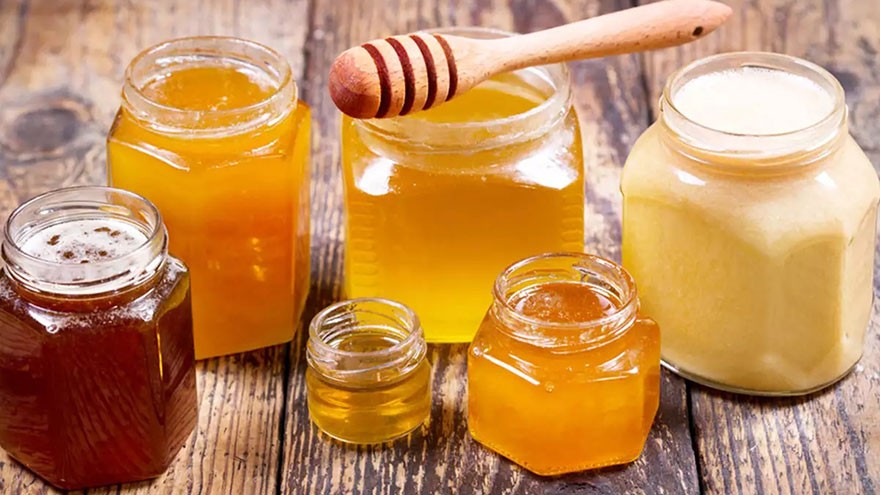
How to Buy Honey
Always read honey labels carefully, since some products sold in grocery stores have added sugar. Also look for “U.S. Grade A” or “U.S. Fancy” labels on grocery store honey bottles.
Recently, some honey from China (which is not always properly labeled as being from China) was diluted with corn syrup, water or sugar. Chinese honey may also be more apt to contain pesticides and other chemicals.
Therefore, many chefs prefer to purchase local honey. This has the added benefit of making it possible for you to ask what drugs were used to treat the bees that made the honey; trace amounts of those drugs may be found in the honey.
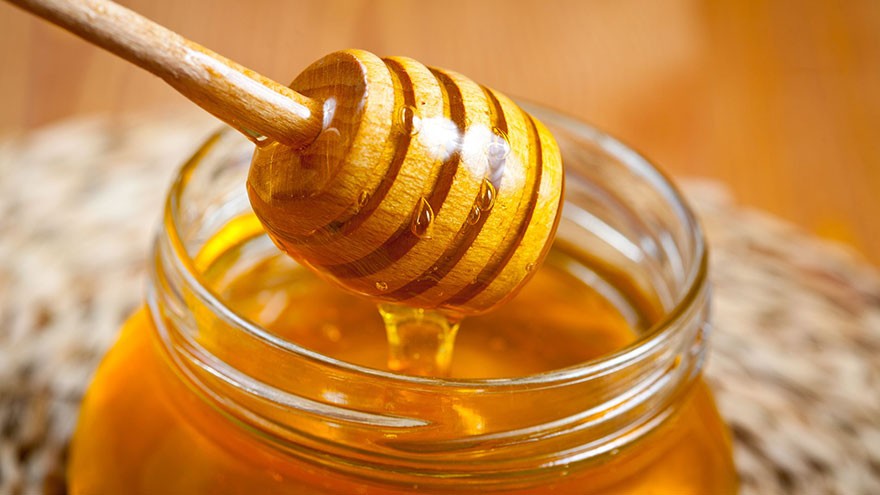
How to Store Honey
Keep honey in its original container, in a cool, dark location. Liquid honey will last indefinitely. If air leaks into the container, the honey may turn dark and more intensely flavored.
Honey may also crystallize while in storage, but placing the honey container in a pot of hot water will melt the crystals and make the honey usable again.
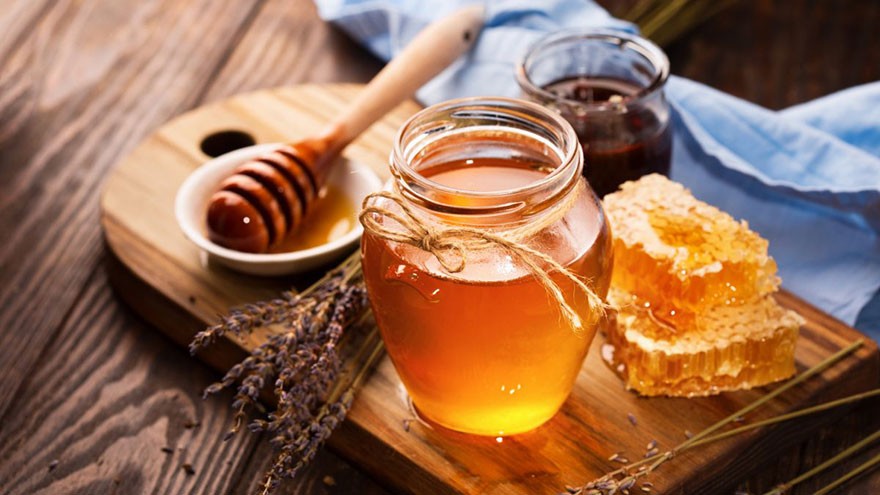
How to Cook Honey
Honey typically is between 25 and 40 percent sweeter than table sugar, so while honey is a great alternative to sugar, less is needed in any given recipe.
Honey also contains 10 to 18 percent water, so when substituting honey for sugar, reduce any liquids in the recipe by about a fifth.
For sweet foods, bake 25 degrees F. lower in oven temperature than you would if using sugar.
Baked goods with honey can over-brown. Sour milk or cream, if called for in the recipe, will counteract this tendency. Otherwise, add a pinch of baking soda.
Because honey crisps and browns more readily than sugar, try using it for glazes.
Honey also keeps baked goods moist longer, so it’s ideal for cakes and other goods that will sit for a while before being consumed.
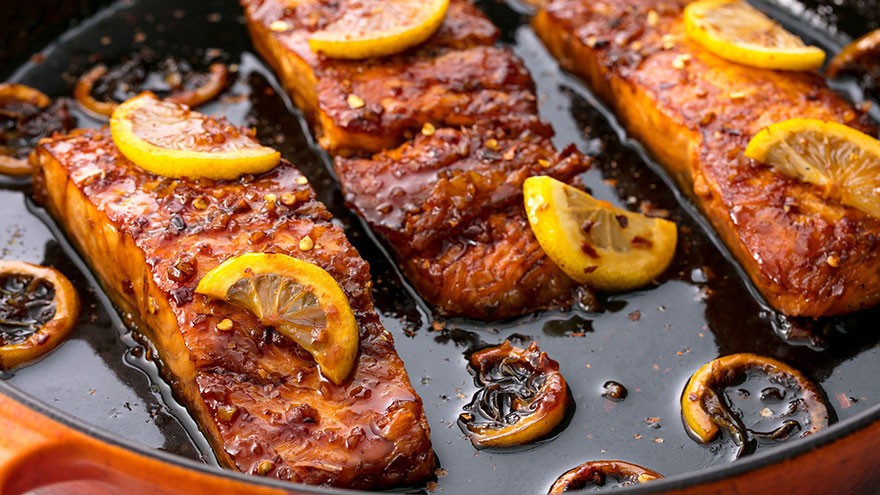
Warnings
According to The Mayo Clinic, honey – even heated honey – isn’t safe for children 1 year of age or younger; it’s possible for small children to develop food poisoning from the food.
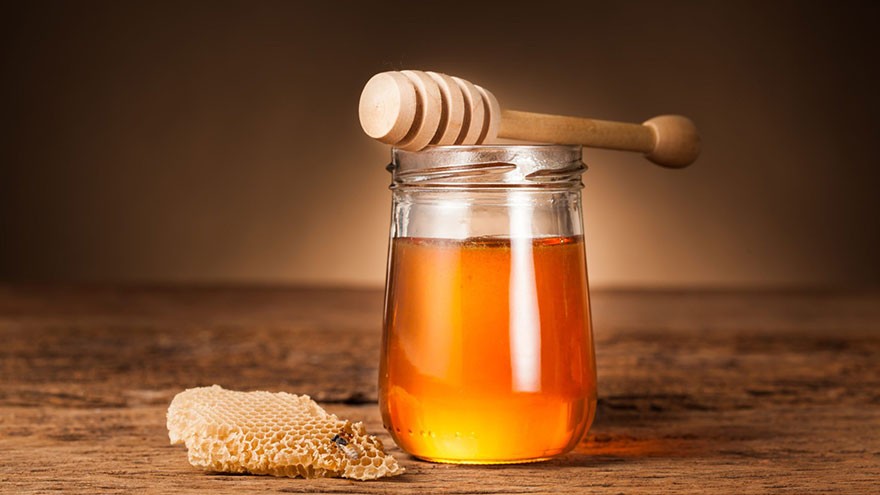
Check out the video version of this article on YouTube

